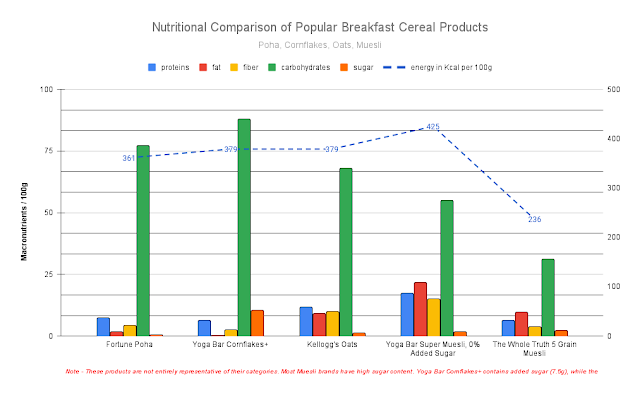The Fake ORS Battle: A Doctor's Crusade for Kids' Health
In the chaos of 1971's Bangladesh refugee crisis, Dr. Dilip Mahalanabis, an Indian pediatrician, made a lifesaving breakthrough. Amid cholera outbreaks killing thousands from dehydration, he pioneered Oral Rehydration Solution (ORS)—a simple mix of water, salt, sugar, and electrolytes that could be sipped to replace lost fluids.
Without fancy labs or equipment, his field trials in refugee camps saved over 50,000 lives, slashing death rates from 30% to 3%. This humble invention became a global game-changer, hailed by the World Health Organization as one of the 20th century's top medical advances, and it's still a staple in every Indian home for fighting diarrhea.
Fast-forward to modern times - ORS got a twisted makeover with products like Electral.
 |
| Image - OpenFoodFacts.org |
Launched in the 1970s as a legitimate electrolyte powder, it soon faced copycats—sugary energy drinks masquerading as ORS.
These "fake ORS" emerged in the 2000s, packed with high fructose syrup and flavors, marketed as quick fixes for dehydration but actually worsening it by spiking blood sugar and delaying recovery. Brands like Glucon-D ActivORS and others flooded stores, blurring lines between medicine and junk, especially during heatwaves or illnesses when kids need real rehydration.
As per WHO guidelines, an ideal ORS should include 2.6 grams of sodium chloride, 1.5 grams of potassium chloride, 2.9 grams of sodium citrate, and 13.5 grams of dextrose per litre of water.
Many commercial drinks falsely labeled as ORS contain over 120 grams of sugar per litre and minimal electrolytes, which can be especially harmful for dehydrated children.
Enter Dr. Sivaranjani Santosh, a Hyderabad pediatrician whose eight-year fight turned the tide. Spotting kids harmed by these misleading drinks—often recommended by unsuspecting parents or schools—she bombarded regulators with evidence, highlighting how they violated WHO standards for true ORS.
Some of these products contained sugar levels up to eight to ten times higher than what is safe. Rather than rehydrating, they actually made diarrhoea worse, causing children to end up in hospitals or worse.
Her frustration increased when companies started adding tiny disclaimers on their packaging, like "Not recommended during diarrhoea."
So, basically children need to die for the drug regulatory authority to wake up! CDSCO passed the buck to the FSSAI saying it didn't give permission for ORSL or RebalanzVitORS or ORSFIT. So,only if the deaths of children raise a national uproar, then they will act upon the… pic.twitter.com/y049Vyz1TD
— Dr.Sivaranjini (@dr_sivaranjani) October 11, 2025
Her persistence exposed FSSAI's bungles, like issuing bans only to roll them back under industry pressure, allowing false labels to persist. She's a solo warrior who rallied doctors, parents, and media, proving one voice can challenge big companies and save lives.
The rollback saga is telling: In 2020, FSSAI banned misleading "ORS" labels on non-compliant drinks, but quickly reversed it, letting sugary imposters thrive. This isn't isolated—FSSAI has flip-flopped before. FSSAI has reversed or suspended its own advisories, often citing “further consultation” or aligning with stakeholder inputs. Such U-turns highlight regulatory gaps, where industry lobbying often trumps public health.
FSSAI's eight-year delay in taking action against falsely marketed ORS underscores bureaucratic inertia and potential regulatory capture by industry lobbies, forcing citizens to fill the gap. Weak enforcement also erodes public trust.
In summary, Dr. Sivaranjani's battle against fake ORS underscores a bigger fight: reclaiming real nutrition from clever marketing. Her win reminds us to check labels, question claims, and push for stronger rules—because kids' health shouldn't be a gamble.



Comments
Post a Comment